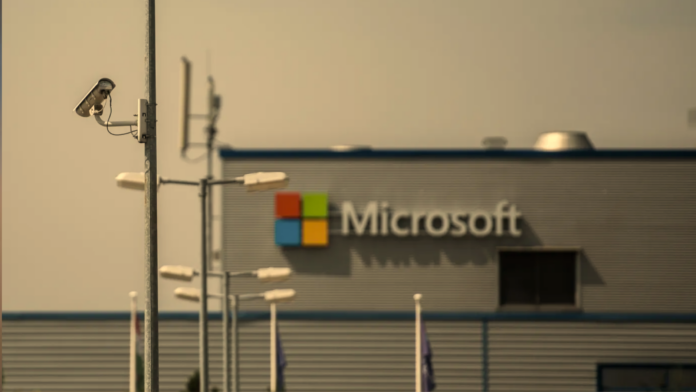In the constantly evolving digital landscape, cybersecurity remains a pivotal concern for tech giants worldwide. Microsoft, a leading figure in the tech industry, has recently disclosed ongoing cybersecurity challenges it faces against sophisticated threats. Among these, the Russian government-backed hacking group, Midnight Blizzard, has emerged as a significant adversary, continually breaching Microsoft’s defenses using advanced tactics and strategies.
In an unfolding saga that highlights the intricacies of digital espionage, Microsoft has shed light on Midnight Blizzard’s persistent efforts to infiltrate its systems. The group, also recognized under the aliases APT29 or Cozy Bear, has not only targeted Microsoft’s proprietary source code but has also aimed at internal systems with refined precision. This revelation comes from Microsoft’s candid discussion on their official blog, where they delved into the details of the recent attacks, emphasizing the group’s utilization of previously exfiltrated information from Microsoft’s corporate email systems.
The saga took a new turn with Microsoft’s disclosure in a U.S. Securities and Exchange Commission filing, revealing that these attacks are not isolated incidents but part of a broader, ongoing campaign. These revelations date back to an initial breach in November, where it was discovered that Midnight Blizzard had accessed the corporate email accounts of Microsoft’s senior leadership and employees across various pivotal departments. The aim was clear: to gather intelligence on Microsoft’s knowledge about the hackers’ operations and strategies.
Midnight Blizzard’s tactics are multifaceted, employing methods such as brute force attacks, also known as password spraying, with a tenfold increase in efforts since their initial forays. This aggressive strategy underlines the group’s determination and the extensive resources at their disposal, showcasing a significant commitment to undermining cybersecurity defenses.
Microsoft’s insights reveal that Midnight Blizzard’s endeavors extend beyond mere opportunistic attacks. The group is strategically using the harvested information to identify vulnerabilities and enhance their attack capabilities. Such activities underscore a methodical approach to espionage, indicating a broader agenda of sustained cyber aggression.
The implications of Midnight Blizzard’s operations are far-reaching. As a group affiliated with Russia’s Foreign Intelligence Service (SVR), their activities reflect not just a threat to corporate security but also pose significant concerns for national security and the global digital infrastructure. Their track record, which includes high-profile attacks on entities such as the Democratic National Committee and SolarWinds, speaks volumes about their capabilities and the persistent threat they pose.
In addressing this challenge, Microsoft’s revelations serve as a critical reminder of the sophisticated landscape of cyber threats that organizations face. The ongoing battle against groups like Midnight Blizzard underscores the need for robust cybersecurity measures, continuous vigilance, and collaborative efforts to safeguard against these evolving threats.
As we navigate through this digital age, the tale of Midnight Blizzard’s persistent attacks on Microsoft is not just a story of cyber espionage. It’s a clarion call for the tech industry and governments worldwide to bolster their defenses and remain ever vigilant in the face of these sophisticated threats.












